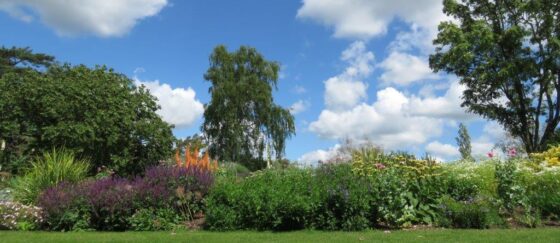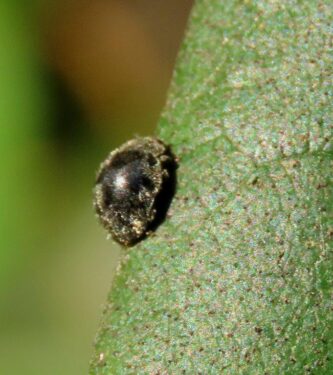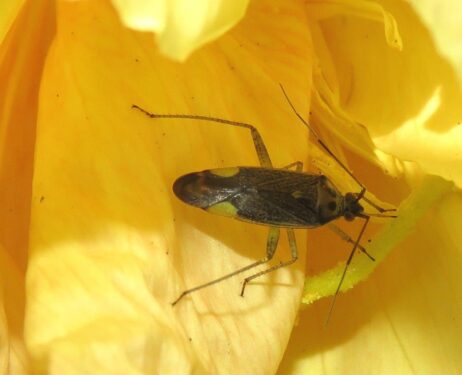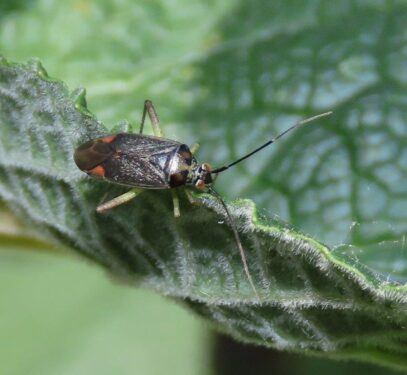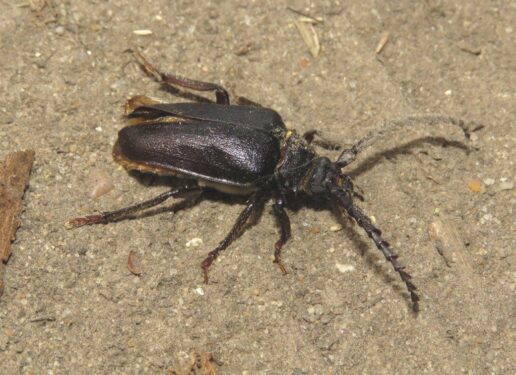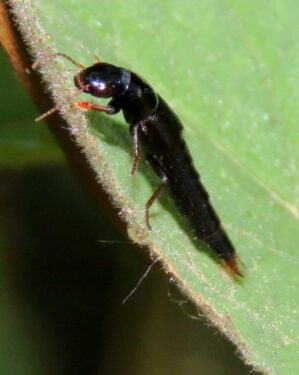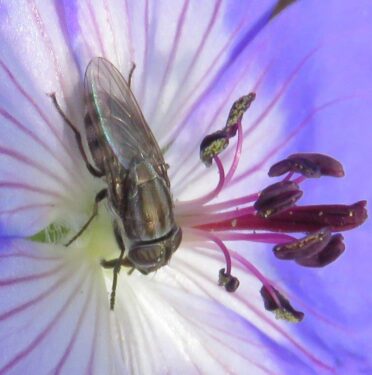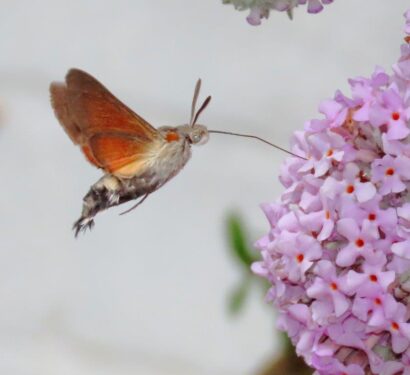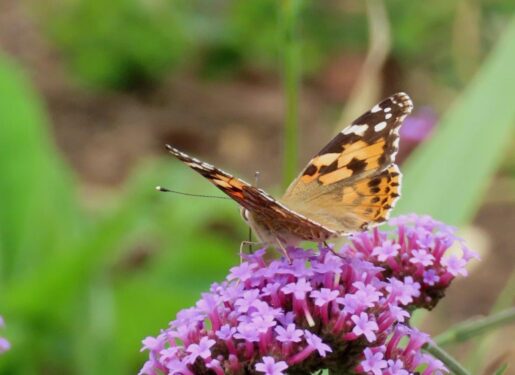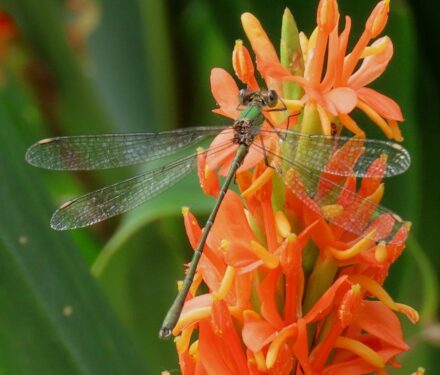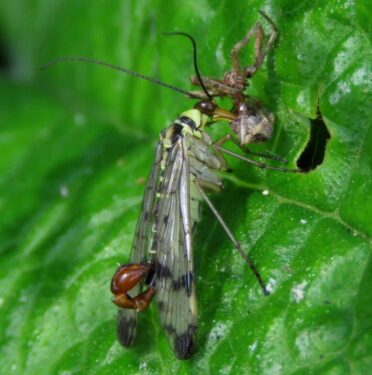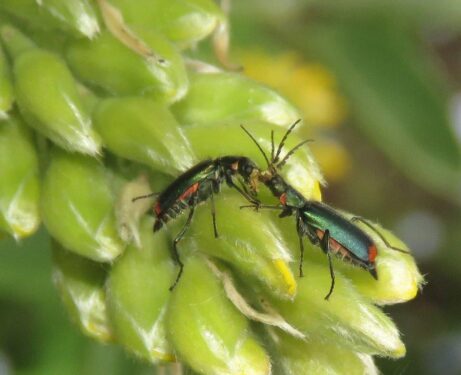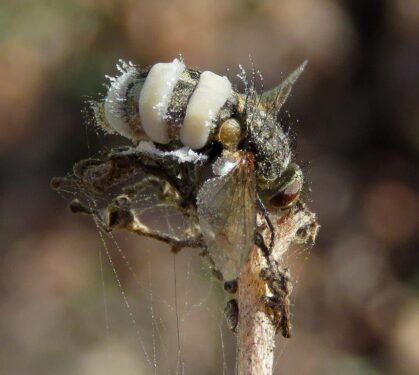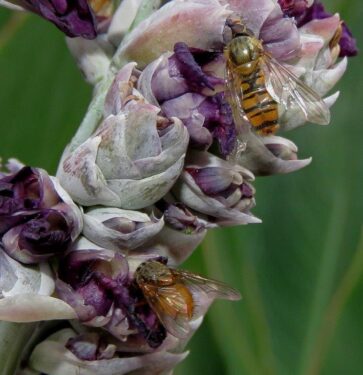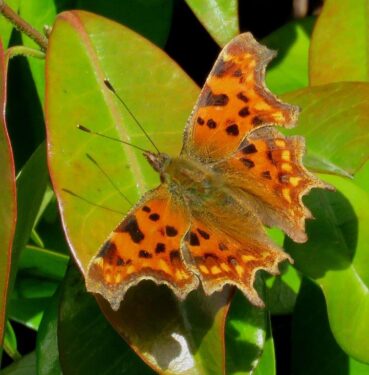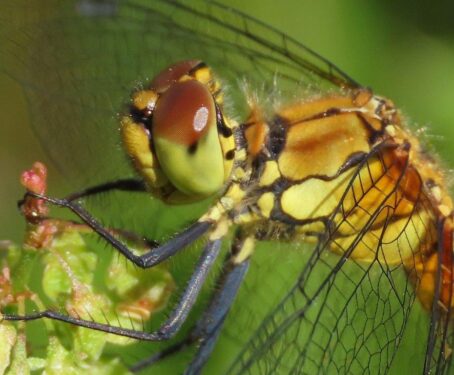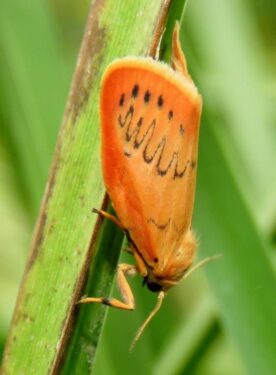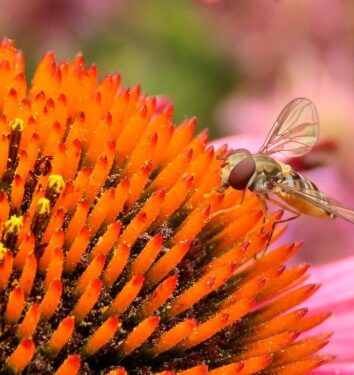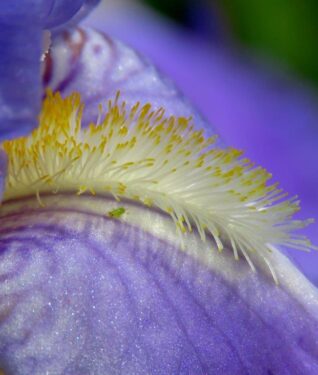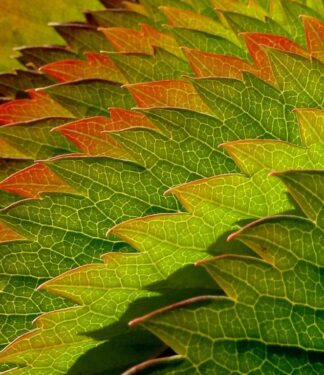Those who read these blogs or have been to some of my talks will know that we have an inordinate fondness for the Beth Chatto Gardens. Just a couple of miles from our flat, it is in effect ‘our garden’, a place where we can go to escape.
And we do. Regularly. Gardens are of course about plants, but they are also a place where wildlife can live. Not just live, but positively thrive if the garden is managed with any degree of sympathy for the natural world. Thankfully, Beth Chatto’s comes out towards the top in any assessment, under any criteria, of wildlife-friendliness in the garden.
Beth’s approach was always to plant ecologically, using plants matched to the soil and climate conditions, so as to minimise the need for unsustainable interventions. Visit any time of year to see those principles in action, and to see what a gardener’s garden that sustains wildlife AND points the way to gardening in the global greenhouse can look, smell and sound like.
So when the garden management team approached me with a view to forging closer links, to become ‘part of the team’ as Wildlife & Conservation Adviser, I didn’t have to think about it for too long! Their ethos matches ours. And so I shall now be helping to advise them on wildlife matters, so that we can continue to develop the garden in line with Beth’s vision. Do our bit for the planet, and (on the principle that many bits makes a lot) encourage lots of others to do likewise.
As part part of this work I shall be continuing to publish blogs on our own website, as well as helping with the ‘official’ channels. But as a taster, I thought it might be a good time to revisit some of the Wild Side invertebrate highlights we have found over the past couple of years.
There have been rarities: the first records in east Essex for Rhyzobius forestieri (a small, dark, hairy ladybird that flashes an orange body as it flies) and the bug Closterotomus trivialis (in both colour forms) ….
…. the only place we have seen the large, black Tanner Beetle and the rove beetle Tasgius morsitans ….
…. and only the second ever Essex record of the rare migratory Locust Blowfly, with distinctively striped eyes. This may well have come from beyond the shores of Europe – its larvae feed upon the eggs of locusts.
Other migrants too – Hummingbird Hawk-moths and Painted Ladies, much more regular here than the blowfly, but again potentially originating from the Mediterranean basin.
And new colonists – Willow Emerald damselflies are now a common sight in late summer, but they have been in this country for only the last decade or so.
Then there’s the interesting behaviour we’ve witnessed: a Scorpion-fly feasting on the body of a spider (normally, it is suggested, they use their long snout to extract flies from spiders’ webs) and ‘kissing’ Two-spotted Malachite-beetles, apparently sharing bonding pheromones.
And the gory side of life: how about this ‘zombie fly’, devoured by the entomopathogenic fungus now erupting from its abdomen and liberally producing a halo of spores, each potentially a death sentence to another passing fly. But before the end, the fungus takes over the mind of its host, changing its behaviour so that it crawls to the highest point available, all the better to be able to disperse the deadly spores into the wind.
And finally, still on the gore and carnage theme: we discovered the stately waterside plant Thalia dealbata has a dark side. It is attractive to pollinators, but in its native central America, those pollinators are big, strong carpenter-bees. Here it is smaller bees and flies, and they get their tongues trapped in the gripping flower parts…and die, slowly. Fortunately, the gardeners have started to try and make sure the spikes of Thalia are cut off before the flowers open. The ‘beautiful assassin’ has been tamed…
As well as revealing what is going on in the garden ‘beyond the blooms’ following each of our visits, we will also prepare more in depth blog reports on particular topics, such as Butterflies, Moths and Dragonflies in the Garden, and to keep a log of everything that we find moving in to enjoy the garden as we do.
And who knows, I may even still find time to unleash my shutter finger and look for interesting ways to see the garden plants through a lens…
We are looking forward to this becoming more regular, and do look out for the the next blog in a few days’ time, the things we spotted this week.
For more information about the garden, including current opening times, please visit the Beth Chatto Gardens website.
